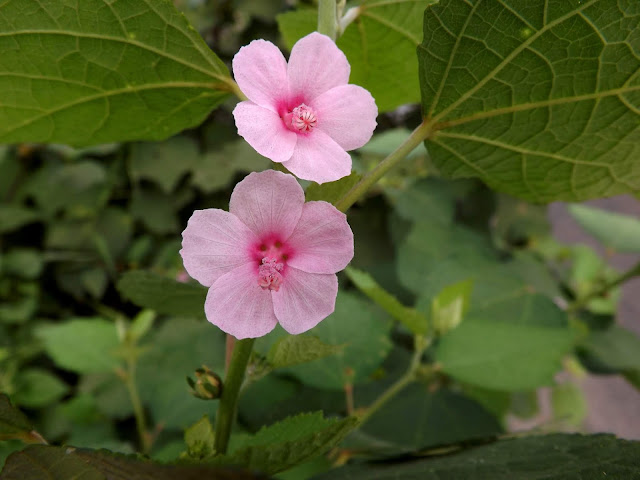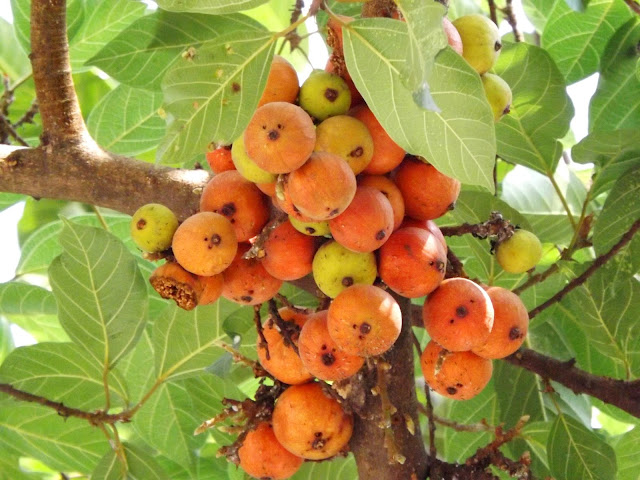Ashari-lota or Asaria, Capparis zeylanica

Ashari-lota or Asaria ( Capparis zeylanica , family : Capparaceae) is a thorny woody profusely branched creeper. The plant grows on fallow land, especially in damp jungle in Bangladesh. Other Bangla names : Kalokra, Kalkeya, Kelekra. Leaves are simple, green, petioled, alternate, ovate, 4.5-7.5 cm and 3-4 cm wide. Flowers are white to pink, borne on axillary lateral inflorescence. Sepals 8, arranged in two layers. Stamens numerous, look like a cat's mustache, gradually change color from white to pink to deep pink. Flower blooms in February-March. Fruit is a berry, smooth, 5-7 cm long. The seeds remain inside in circular form. It gives fruit in the rainy season. The propagation is caused by the seeds. The fruit is edible. Crow likes it. There are hard and curved spines on its body. Leaves are used in piles, blister and tumour. Roots are used in pain, jaundice, tuberculosis, bone fracture and liver diseases. The plant has been mentioned in Charak-Sushru




